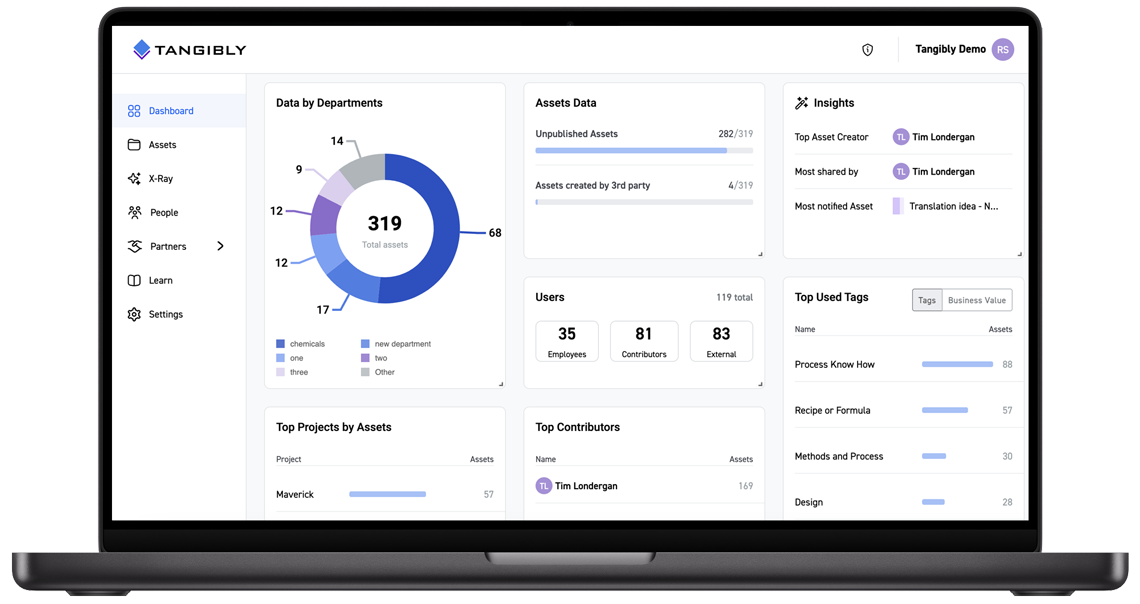Mallet And Company Inc. V.
Ada Lacayo, Russell T. Bundy Associates, Inc. D/B/A Bundy Baking Solutions; Synova Llc, William Chick Bowers
Date of decision: October 15, 2021
Two ex-Mallet employees were hired by Russel T. Bundy
Mallet filed a trade secret misappropriation suit after Bundy began shipping a competitive product offering
An injunction was initially handed down by a lower court
Appeals court found in favor Bundy because Mallet failed to identify the trade secret.
The injunction was vacated by the appeals court.
CHIEF EXECUTIVE OFFICER & BOARD REVIEW
Bottom Line
If your trade secrets are not well articulated on paper, good luck protecting them in court.
Overview
Mallet is a food product and services company with ~$18 million in annual revenue. Russell T. Bundy is a food product and services company with ~$50 million in annual revenue.
Round 1
Mallet was granted an injunction based on trade secret misappropriation grounds, causing Bundy to halt their activities.
Round 2
On appeal, the judge required Mallet to show proof that the trade secret existed. That is, specific documentation showing that the company was treating the assets as trade secrets. Mallet was unable to produce such documentation and thus the injunction was vacated. Bundy is able to continue competing with Mallet.
Analysis
This is one of the more clear-cut cases of employee theft. However, Mallet learned the hard way that trade secret protection requires diligent documentation.
Mallet was also sloppy in their HR processes with one of the scientists working without a non-compete.
Bundy has suffered significant reputation damage and legal cost in this matter. Hiring someone to transport specific know-how is a risk that is often not worth the potential payoff.
FOR THE CHIEF TECHNOLOGY OFFICER
Documentation is key
Mallet effectively lost the ability to protect their competitive advantage because they failed to document their processes and label them as trade secrets.
Despite adequate confidentiality practices, this case highlights the fact that in order to enjoy the protection of trade secret laws, asset documentation is critical.
Hiring from a competitor
If an employee insists on using know-how acquired at a previous employer, ensure that the know-how is in the public domain.
FOR THE CHIEF PEOPLE OFFICER
Missing employment agreement
When the Mallet ex-employees initially began working for the plaintiff, they both signed employment agreements with non-disclosure and non-competition clauses. As a result of two brief stints away from the company, however, one of the ex-employees did not have a non-competition agreement in place when he left Mallet to work for the Bundy.
Leave it at the door
Ensure that new hires attest to the fact they are not bringing an ex-employer’s trade secrets into your company.
Training matters
Training could have alleviated risk on both sides of this case.
GENERAL COUNSEL REVIEW
Misappropriation of trade secrets could not be assessed due to insufficient identification of trade secrets. Preliminary injunction vacated and remanded.
Date of filing
September 24, 2021
District court
US Court of Appeals, Third Circuit
Claim
Trade Secret Misappropriation
Date of decision
October 15, 2021
Presiding judge
Jordan, Greenaway, Jr., Scirica
Relief sought
Preliminary injunction from competition against the company
BACKGROUND
The plaintiff alleged that ex-employees took trade secrets and used them while working for a competitor. The plaintiff characterized the trade secrets as “the overall body of knowledge that connects … the development, production, application and implementation” of their product when used in conjunction with proprietary equipment. The District Court found that the defendants had, indeed, misappropriated the Plaintiff’s trade secrets and, as a result, granted an injunction that prevented the defendants from competing with the Plaintiff’s business.
When the injunction was appealed, the Court of Appeals found that the misappropriated trade secret must be adequately identified when an injunction is ordered. In this case, it found that the District Court had failed to adequately identify the misappropriated trade secrets, therefore the injunction could not be upheld. The Court of Appeals also found that, without properly identified trade secrets, they were unable to make an informed decision about the likelihood of the plaintiff’s success in a trade secret misappropriation claim.
SO, HOW DO YOU ADEQUATELY IDENTIFY A TRADE SECRET?
The Court of Appeals tells us that the trade secret should be identified in a way that distinguishes it from general or specific trade knowledge and it should be clear which information is within the scope of the trade secret and which information is outside of it. In addition, the plaintiff must use record evidence to establish a “significantly better than negligible” chance that those specific trade secrets exist. The Court noted that information can still be a trade secret if parts of it are publicly available. This means that confidential compilations and organizations of public information can be trade secrets, provided that the compilation is itself kept secret. In addition, the court noted that an employee’s general “know-how” is different from their employer’s particular trade secrets.
KEY PRECEDENTS CITED
- Porous Media Corp. v Midland Brake Inc. 187 F.R.D. 598, 600 (D. Minn. 1999):“Failure to identify the trade secrets with sufficient specificity renders the Court powerless to enforce any trade secret claim.”
- Oakwood Labs. LLC v. Thanoo, 999 F.3d 892, 905 (3d Cir. 2021): Discusses criteria to determine whether a trade secret has been sufficiently identified.
LEGAL SIGNIFICANCE
When seeking legal relief in a case of misappropriated trade secrets, the trade secrets at issue must be identified in a way that distinguishes them from general knowledge. It is not enough to claim that a category of trade secrets, such as “product formulas,” has been misappropriated.
